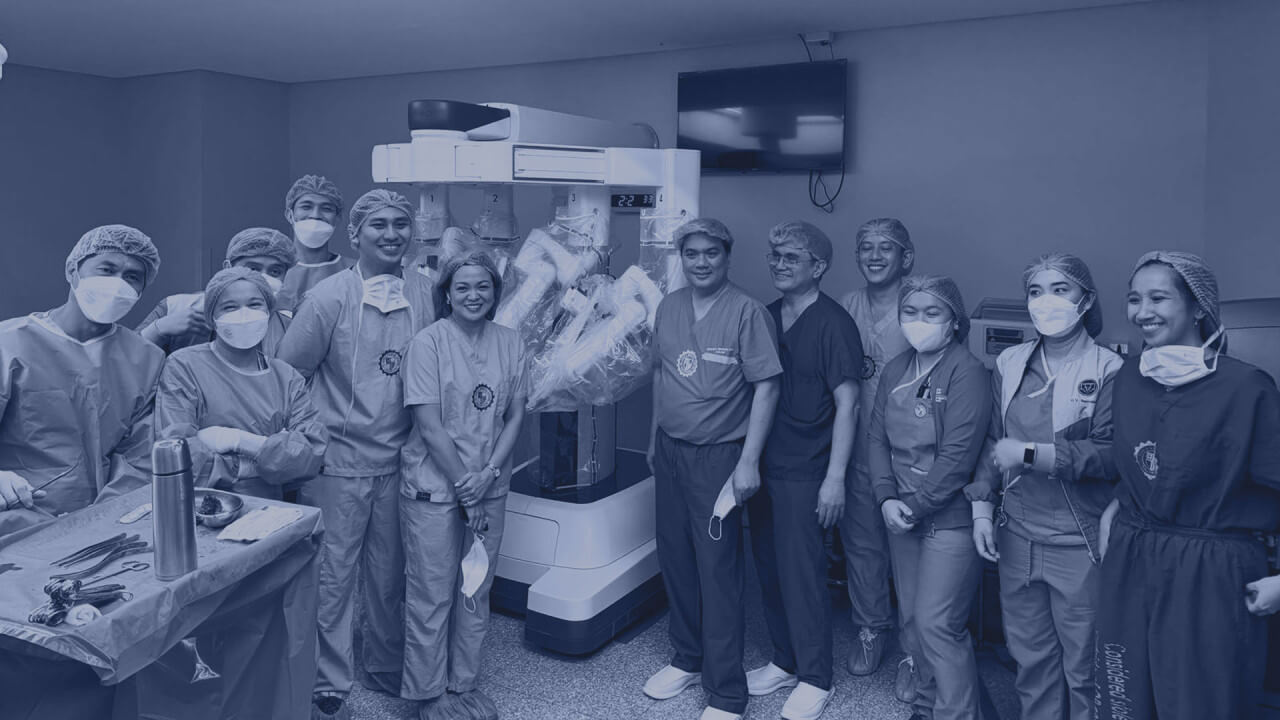

In a breakthrough that is seen as a boon for heart patients and the medical field in the Philippines and Southeast Asia, St. Luke’s Medical Center (SLMC) Bonifacio Global City successfully performed the first robotic cardiac surgery procedure in the region on Dec. 11, 2024.
The procedure was conducted alongside a seasoned team from the West Virginia University (WVU) Hospital’s Heart and Vascular Institute.
Da Vinci XI surgical system
The patient was a 40-year old man with severe mitral regurgitation, a heart valve disease that causes blood leaks. He received the first robotic valve surgery aided by the Da Vinci XI surgical system, with the surgeon at the controls.
The Da Vinci XI is said to be the most widely used multiport robotic surgery system in the world. Its manufacturer, Intuitive Surgical, claims that it offers “broader anatomical access” and “enhanced ease of use” through advanced instrumentation and vision through 3DHD.
Complex cases; faster recovery time
“So, with robotics, we can do complex cases,” said Dr. Martin Martinez, St. Luke's Medical Center’s Robotic Cardiac Surgeon. “The beauty of robotics and minimally-invasive surgery is that we don’t spread the ribs so there’s less pain and less blood transfusions.”
This translates to faster recovery times for patients, notes Dr. Ramiro Pablo, also a Robotic Cardiac Surgeon at SLMC. He says that after a day or two, the pain typically subsides and post-surgery scars, which patients tend to hate, are less visible.
Already, the team at St. Luke’s has performed other robot-assisted cardiac procedures, including robotic MIDCAB (Minimally Invasive Direct Coronary Artery Bypass), robotic bileaflet mitral valve repair for a patient with bileaflet myxomatous disease and severe mitral regurgitation (MR), robotic mitral valve repair for endocarditis, including anterior mitral leaflet (AML) perforation, and robotic adult congenital atrial septal reconstruction using a bovine patch for a patient with a common atrium.
Another procedure, this time a robotic aortic valve replacement (AVR), was done on a patient from Papua New Guinea, highlighting the program’s potential in the area of medical tourism.
Training abroad
“Pablo and I started [robotic] training two years ago,” says Dr. Martinez. The duo first went to Atlanta for an extensive workshop then off to Belgium for a series of training sessions. Soon after, they found themselves at the Mayo Clinic for one week to observe, then to West Virginia, staying for a month to polish their technique.
Discounted package
With increasing interest among patients in robotic cardiac surgery, SLMC aims to make the program more accessible and affordable by developing a package at discounted cost.
With this, Dr. Martinez hopes patients will no longer need to travel overseas to avail themselves of the procedure, as it can now be done safely and expertly by the pioneering team at St. Luke’s.

Features Reporter
